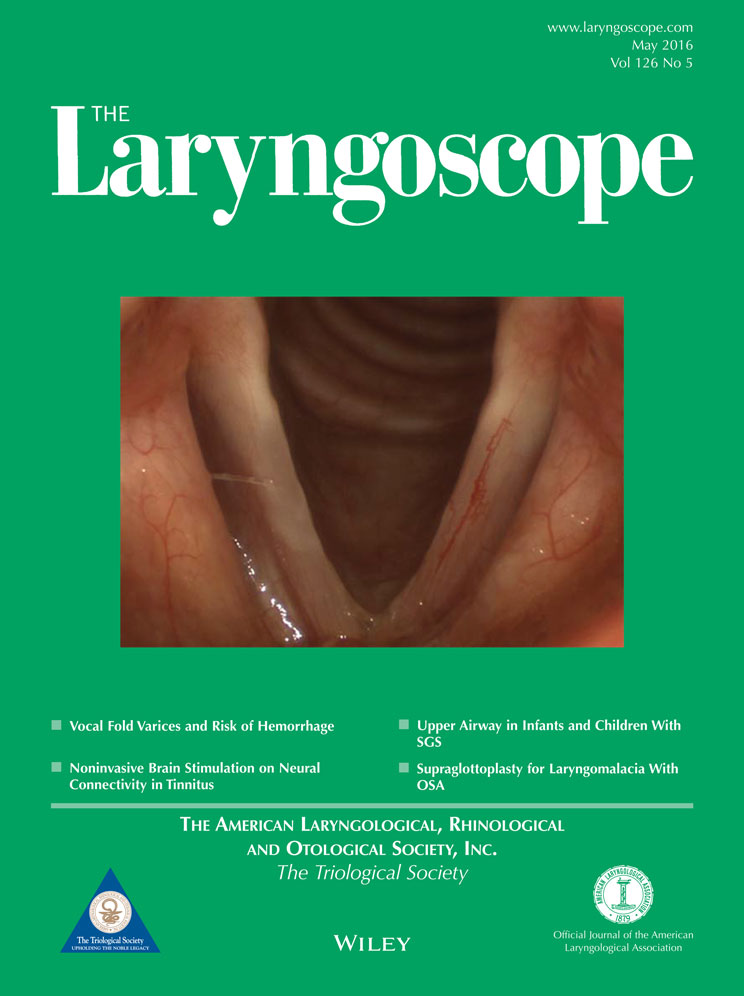High-frequency sensorineural hearing loss in children
Presented at the Annual Meeting of the American Society of Pediatric Otolaryngology, Las Vegas, Nevada, U.S.A., May 1, 2010.
The authors have no funding, financial relationships, or conflicts of interest to disclose.
Abstract
Objectives/Hypothesis
Determine the prevalence of high-frequency sensorineural hearing loss (HFSNHL) in our hearing loss population and a diagnostic algorithm for these patients.
Study Design
Retrospective case series.
Methods
We identified patients diagnosed with sensorineural hearing loss (SNHL) at our pediatric tertiary care institution from 1981 to 2010. Based on audiometric profiles, these patients were subdivided into those with a flat SNHL configuration and those with HFSNHL. Imaging and genetic testing data and data regarding age at diagnosis, laterality, and risk factors were obtained for both groups. Comparisons were then made between the two groups.
Results
Of 2,867 patients included in the study, 7.6% had HFSNHL. Age at diagnosis was significantly higher in HFSNHL patients (8.3 years vs. 6.1 years; P < .0001). These patients also had a significantly higher proportion of unilateral versus bilateral loss (49.1% vs. 26.1%; P < .0001); unilateral losses were also less severe. Genetic testing showed no significant difference between groups in the proportion of patients tested or in those who tested positive. Similarly, imaging data revealed no difference in the proportion of patients tested in the two groups; however, overall diagnostic yield was significantly higher in flat SNHL patients (29.5% vs.17.3; P = .02).
Conclusions
The positive predictive value of simple genetic testing is similar to that of imaging studies. However, given cost differences between genetic testing and imaging, it is prudent to perform genetic testing as the initial diagnostic test. Determination of whether high-throughput, multigene diagnostic platforms offer an added benefit in the evaluation of children requires further study.
Level of Evidence
4. Laryngoscope, 126:1236–1240, 2016




